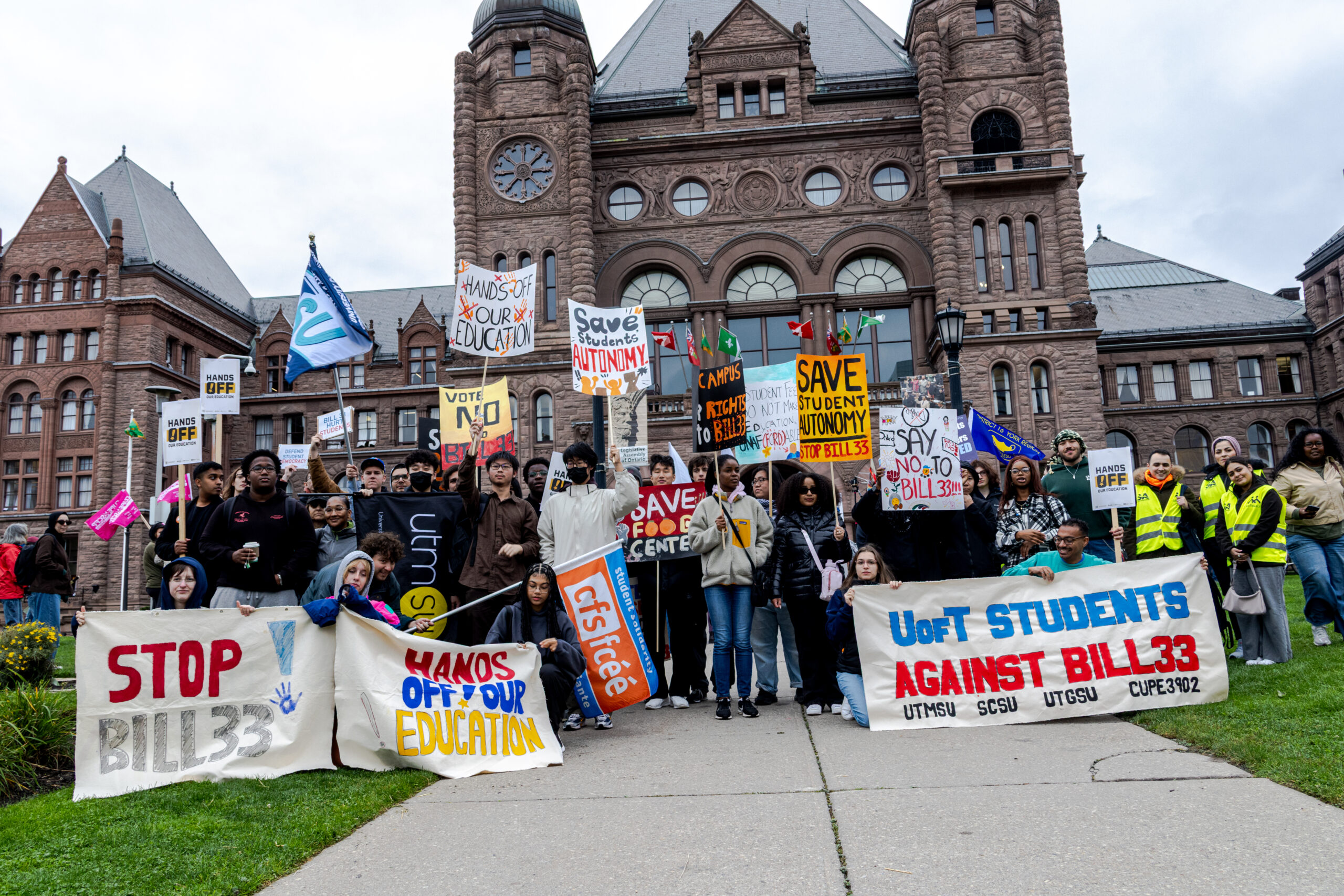The government is finding ways to support young people’s involvement in the skilled trades industry
Limberlost Place, located at the Waterfront campus, is the first mass-timber architecture with net-zero carbon emission being built in Ontario. It is scheduled to be open for students in January 2025.
The building is designed to maximize contact with natural light inside the building. A sustainable air ventilation system to maintain optimal air temperature is also included in the design. Two solar chimneys will be built to provide energy for the system.
It will house the computer technology program as well as research and development projects at George Brown College (GBC).
Seamus O’Regan, the Minister of Labour with the federal government was at the Waterfront campus recently to tour the site and discuss jobs.
“What I really like about it is that it reminds people how important skilled trades are, and how important the skilled trades are getting us ready for a future where we need to lower emissions,” said O’Regan. “And it’s encouraging young people here at George Brown, and frankly, everywhere to get involved in and think of the skilled trades.”
The demand for workers in skilled trades has been increasing in recent years. Yet, there are many positions to be filled in different sectors, including construction, manufacturing and industrial.
Meanwhile, economic changes also place challenges onto the labor market.
“Perhaps the next few months or the next year, it might be a little rougher than it was because we’ve got challenges with interest rates, challenges with inflation.” said O’Regan. “We need to make sure that the jobs that people have are the jobs that the economy really needs, and on top of that list are more people in the skilled trades.”
To balance out the supply and demand of human resources in the labor market, the government is taking different approaches to meet its goal.
“We’ve been working on different formulas to encourage people to get into these paths. We’re doing things like even with immigration, getting people to this country, and making sure we’re looking at ways where we can increase the accreditation that they have.”
Attracting new workforce into the skilled trade industry is a challenge existing in the labor market where unemployment rates are high.
While attracting outside workforce may increase the competitiveness of the local skilled trade industry, new workers coming from outside the country are facing problems with the time and money needed to be spent on qualification recognition or transitional trainings.
Other than attracting workforce from outside the country to meet the demand, the government is finding ways to support young adult’s involvement in skilled trades.
“The government can help by increasing the number of spaces by making it more affordable for young people to enter, by making it easier for them to find work immediately afterwards, to make sure that they don’t acquire too much debt in their training,” said O’Regan.
It is yet to be known whether reducing training costs can encourage more young individuals to enroll in skilled trade programs or not.
Although these institutional training programs can provide students with training opportunities in designated industries, not all student placements are supported by either minimum wage or bursary at the moment.
It has been an issue faced by both local and international students.
Challenges are seen to be encouraging the working group to go back to school for better job opportunities.
“There’s still too many people who are underemployed, who are doing work that is not at their full potential. We need everybody at their full potential,” O’Regan continued.


